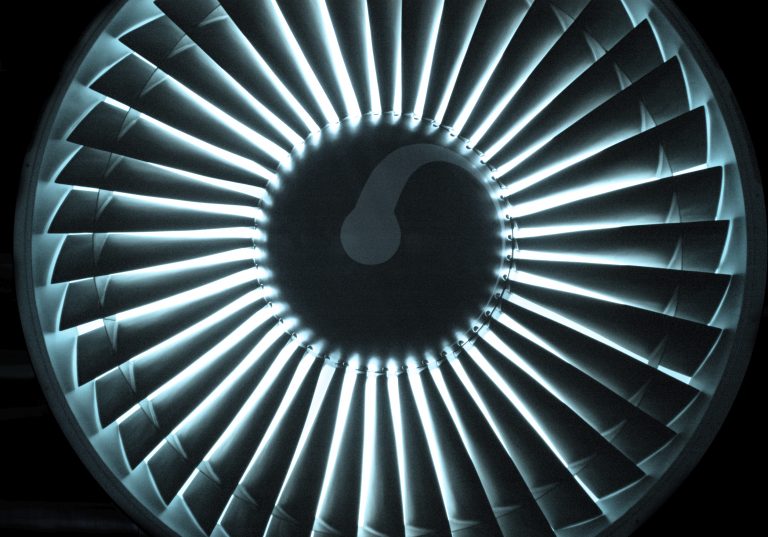
This research project conducted at LEMA aims at conceiving liners with high sound reduction performances for aircraft engines nacelles.
The objective of this research project is to design an active system for efficiently reducing the noise radiated from aircraft engines. The challenge is that the noise within the engine nacelle extends over a wide range of frequencies, and fluctuates with the engine regime.
As traditional approaches turned out to be of little efficiency for mitigating low frequencies, the proposed strategy in this project is to create an active skin. This active skin is composed of an array of independent cells, consisting of electroacoustic absorbers formerly developed at LEMA, and a microphone. In this novel concept, each cell is individually controlled according to a distributed approach developed by academic partners (FEMTO-ST/CNRS), designed to optimally reduce the downward sound intensity.
The objectives of the project are then to optimize the concept by merging the two approaches, set an experimental prototype, and evaluate the performances of such an active skin in terms of noise reduction. Our researchers will also account for constraints related to control electronics, implementation and limited available space.
This project will last about 12 months and will be conducted by the Acoustic Group within the Laboratory of Electromagnetics and Acoustics (LEMA), directed by Dr Hervé Lissek, in a joint collaboration with CNRS and the FEMTO-ST laboratory in France. It is sponsored by Safran Aircelle.
| Principal investigator | Hervé Lissek |
|---|---|
| Project manager | Marc Versaevel |
| Sponsor | SAFRAN Aircelle (France) |
| Period | 2014-2015 |
| Laboratory | LEMA |
| External partners | CNRS, Université de Franche-Comté |
| Collaboration | TRACE |